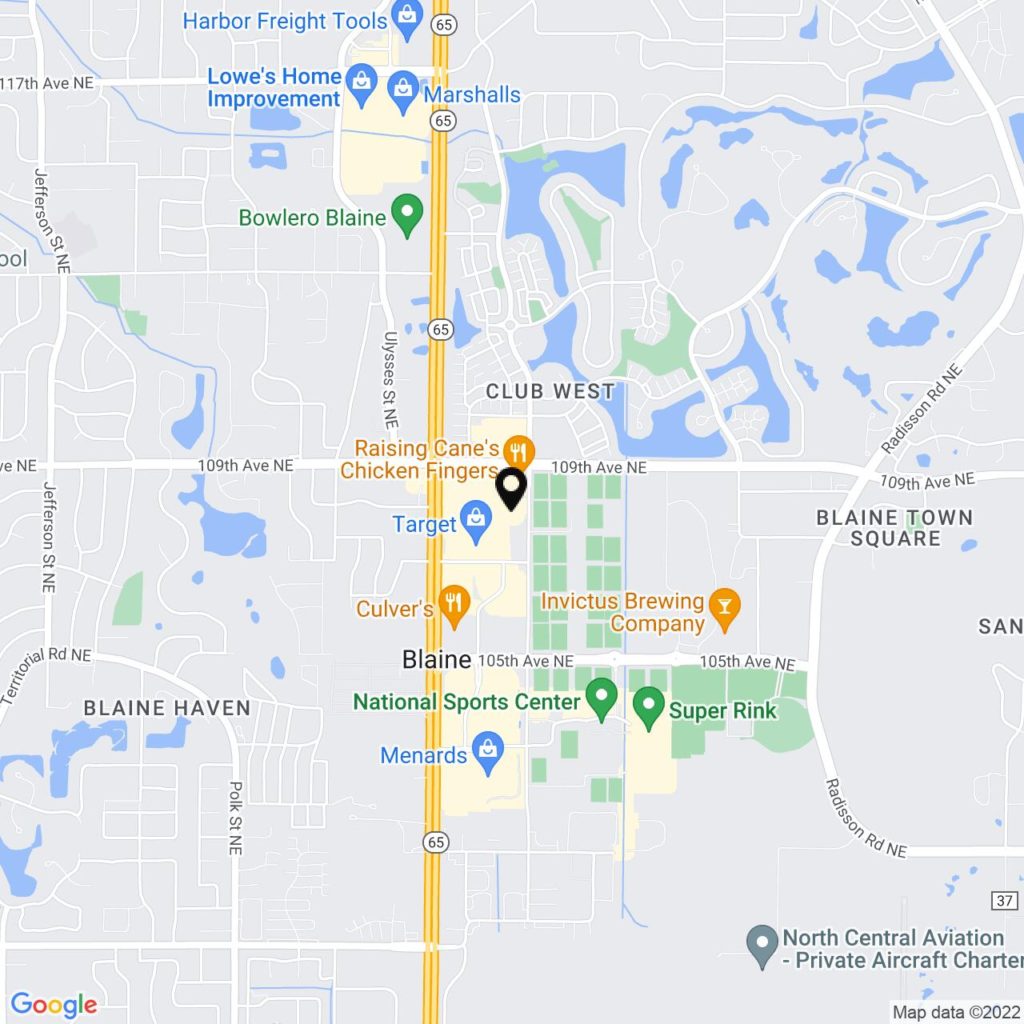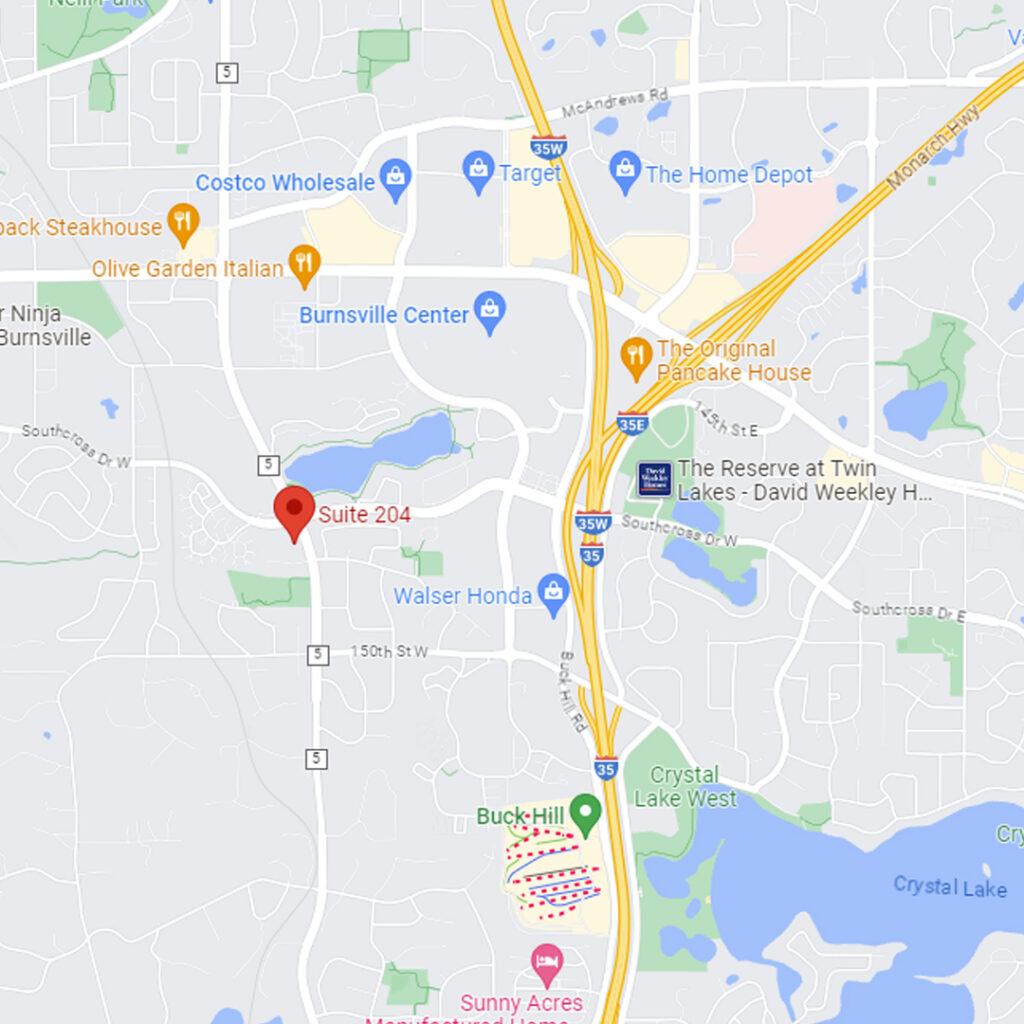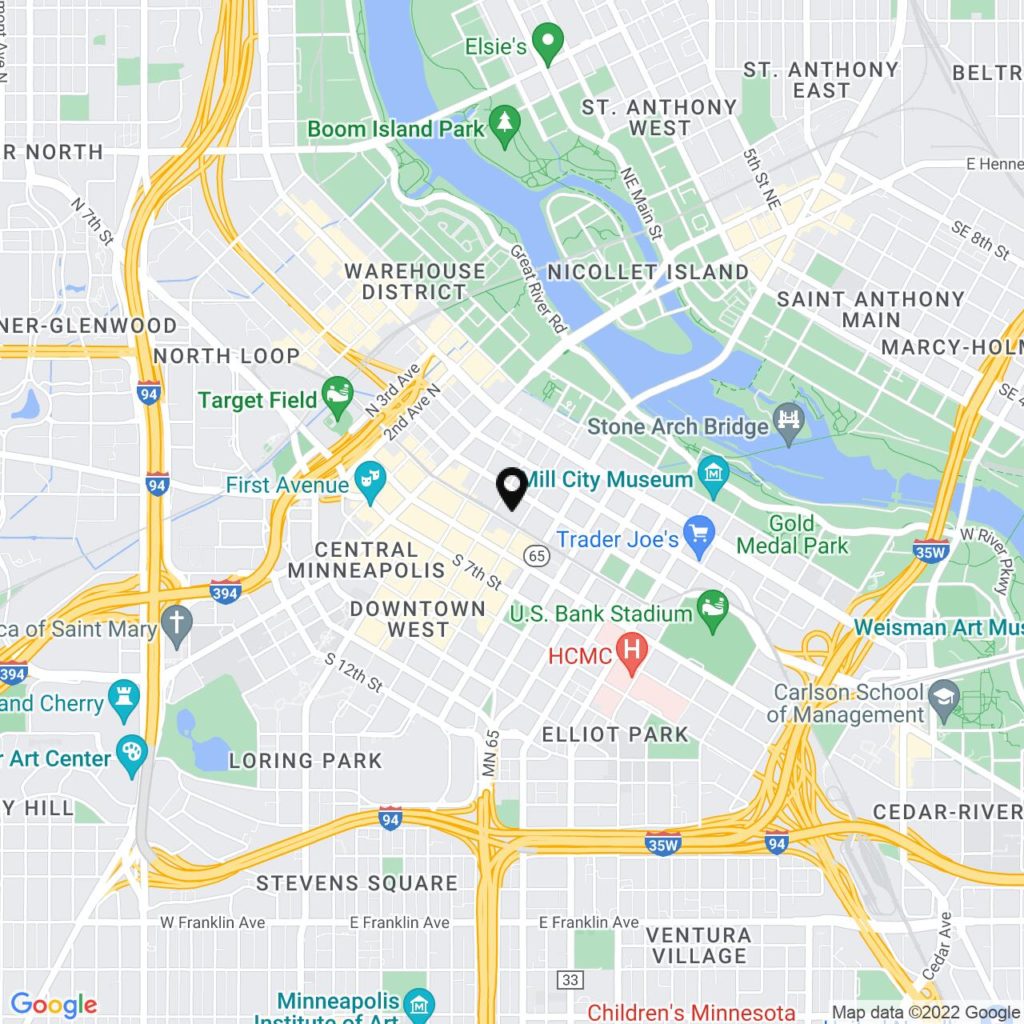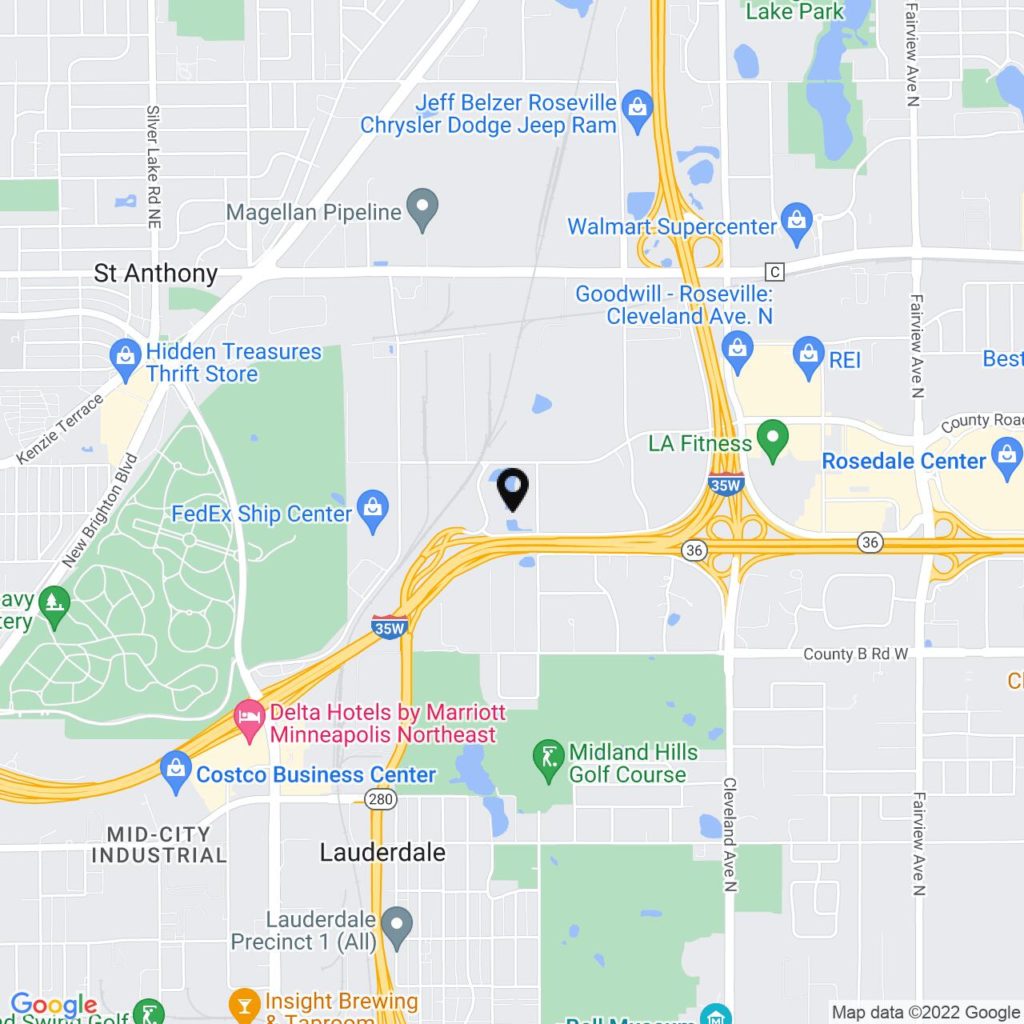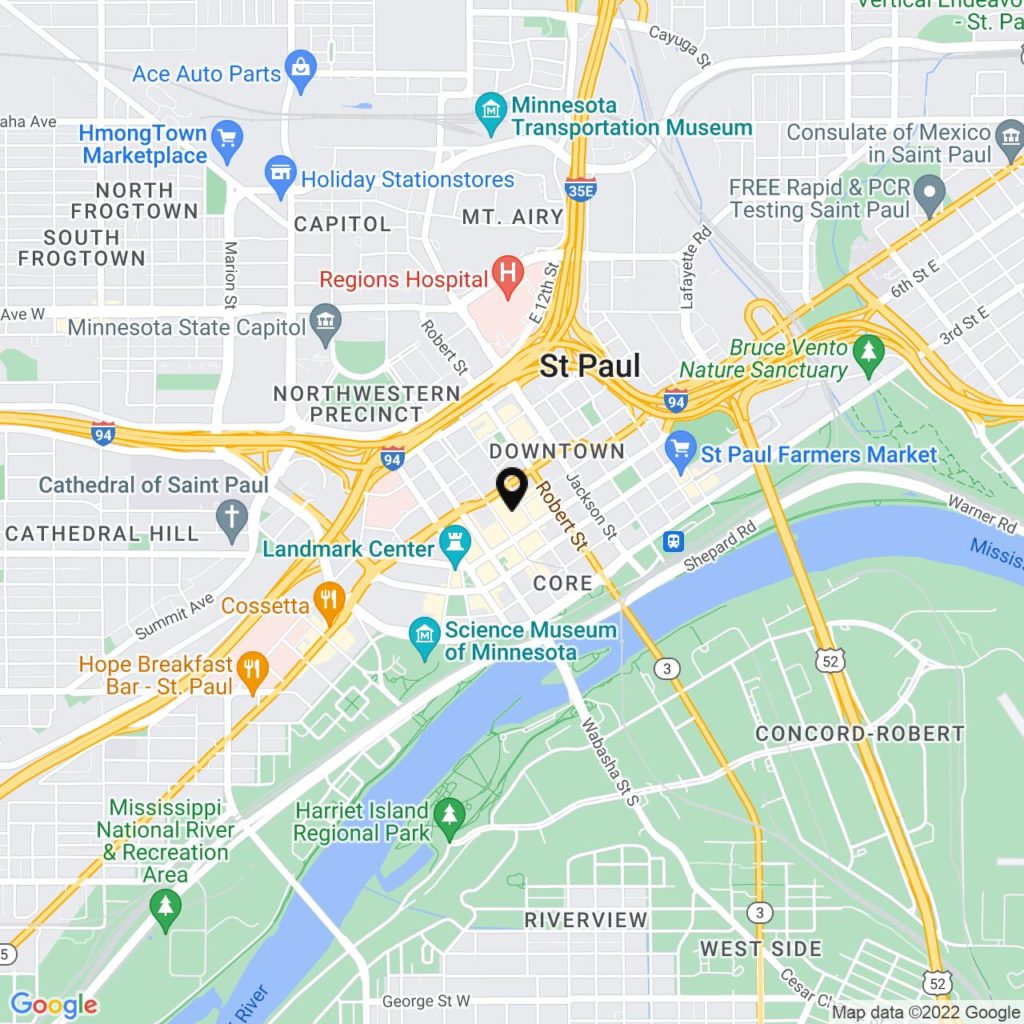Parents know that every child and every family is different. Just like their parents, children will cope with divorce or separation in their own ways. For some children, the transition may be simple; for others, it can be a longer and more emotionally complex process. Parents can help ease the anxiety and difficulty of divorce by coming to an agreement on a parenting plan that is tailor-made to fit the best interest of their children. While most parents opt for a schedule that requires a child to go back and forth between two parents’ houses, there is another option. “Bird’s nest custody” or “nesting” is a type of parenting time arrangement where the parents are the ones who move back and forth and the child stays living in the same residence. When one parent’s parenting time ends, he or she leaves the residence and the other parent returns for the duration of their parenting time.

There can be significant advantages to a nesting arrangement. The clearest advantage is that it provides the maximum amount of stability for the child. The child’s residence never changes, thereby making for an easier adjustment. Nesting can also provide a significant benefit in terms of school work and extracurricular activities. Because the child is not shuffling between two homes, it is easier to keep track of school projects.
Nesting can also present some unique challenges. Nesting is more expensive than traditional custody arrangements, as it typically requires the parents to maintain three households – one for each parent alone and one for the child where the parents trade off. Because of this fact, this type of custody arrangement is often not a long-term solution for many families. Additionally, most divorcing parties don’t want to share space with one another any longer, and continuing to share the family home can be difficult.
Even if it is not being used as a lasting and continuing resolution, nesting can provide the child with some extra time to become accustomed to the divorce or separation. This arrangement can allow the child time to emotionally prepare for the divorce by seeing their parents effectively separate, while still living in a familiar home environment.
If you are facing a divorce and have questions about parenting time schedule options, please let us answer your questions. Contact us today at (320) 299-4249 to discuss your case and how we can help you achieve your goals

